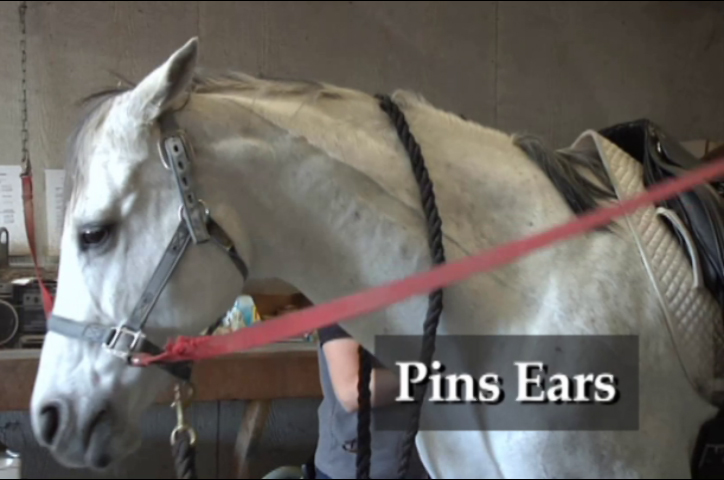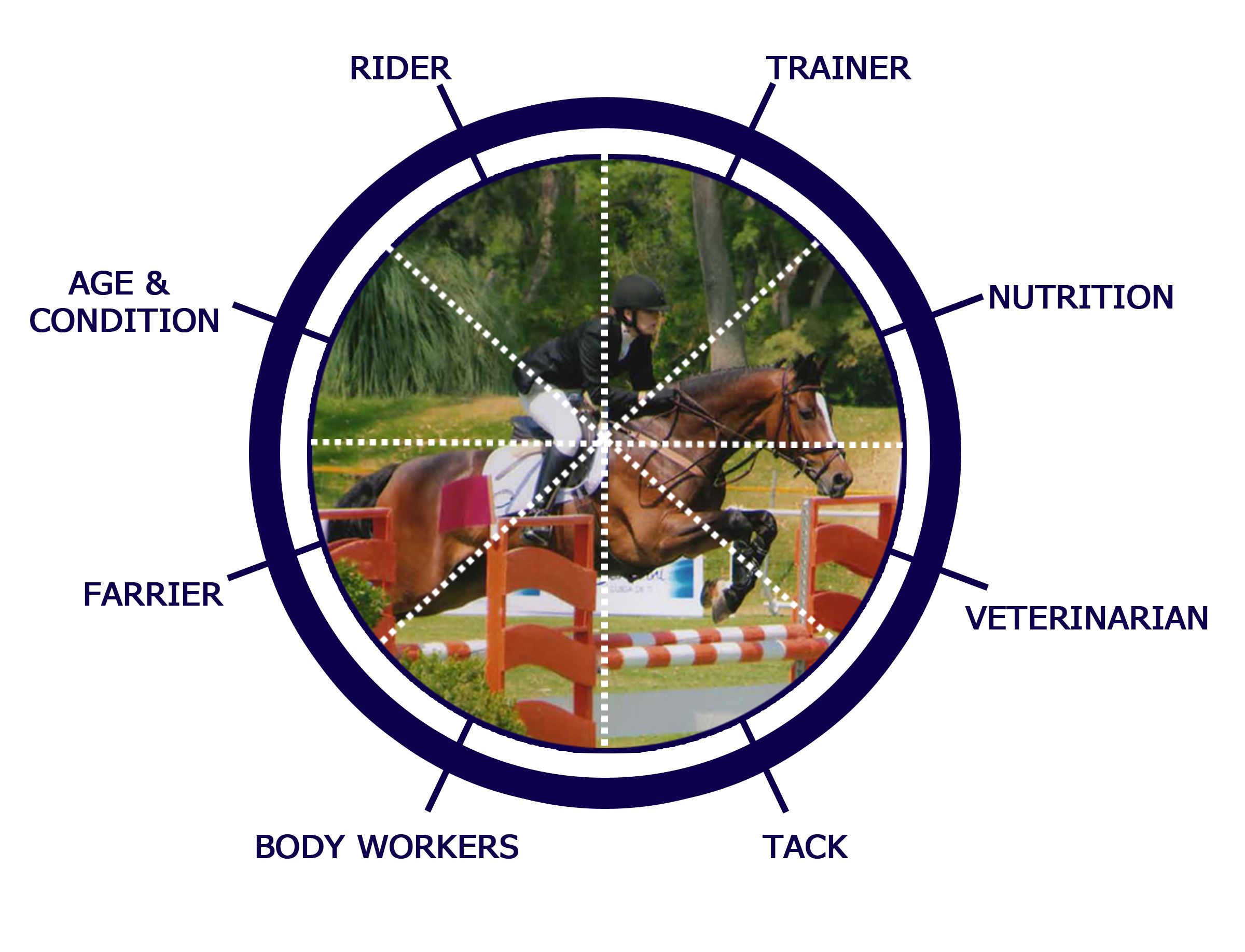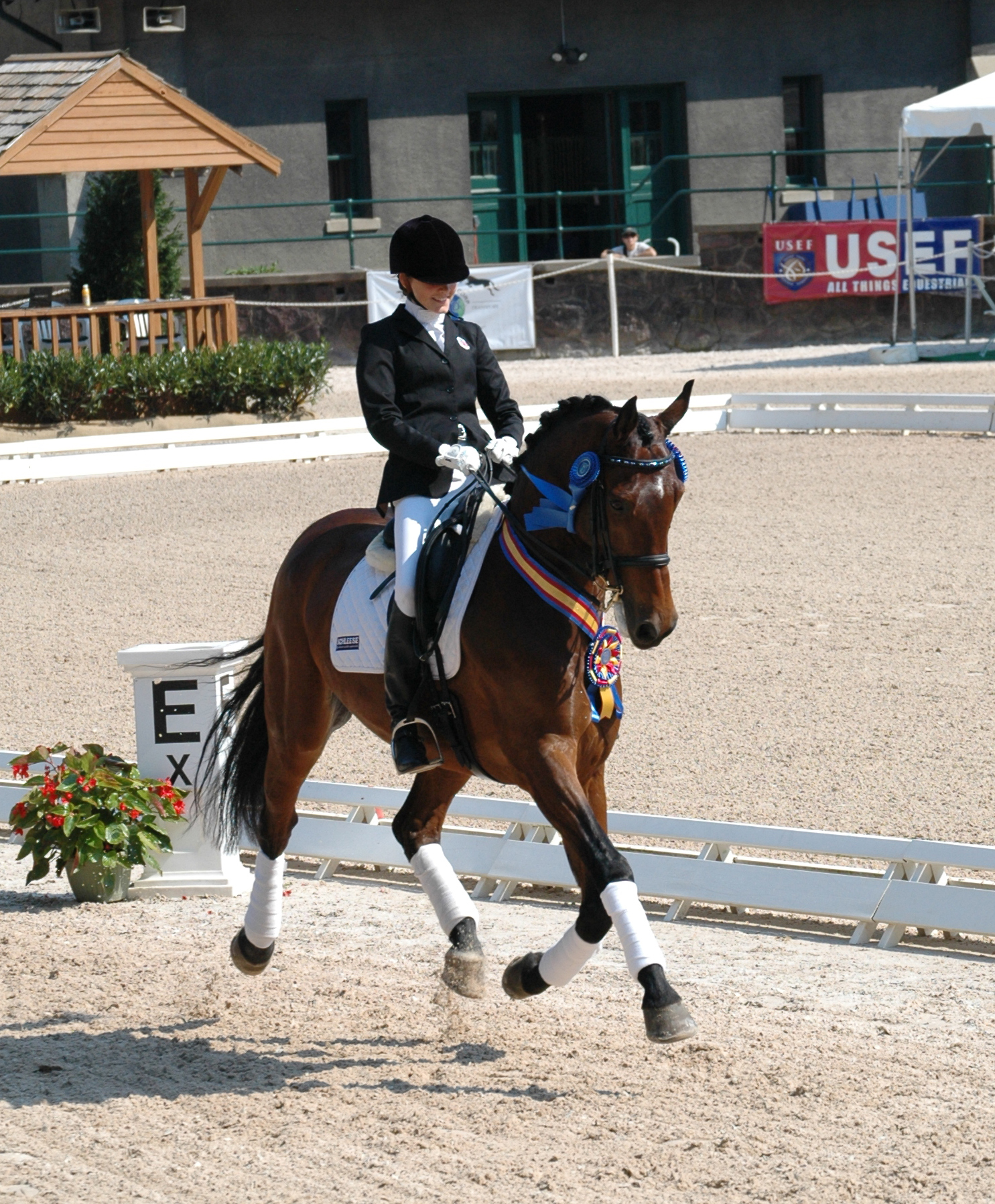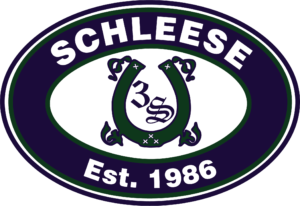How do you know if your Horse is Happy?
While this question may almost range into the field of anthropomorphization (ascribing human characteristics to an animal), your horse’s ‘happiness’ or being comfortable is probably of critical interest to you as his owner and rider.
You know your horse better than anyone – instinctively, you know immediately when something is amiss, even if you can’t immediately diagnose where the problem lies or what is causing it. We can put words to what you already know – how do you tell when your horse is happy? What is below may be considered a little controversial, but if you are truly honest with yourself, you may realize that there is lot of truth in what I am about to share.
 A horse is not able to lie, to ‘act’ like he’s feeling comfortable, happy, or relaxed, when he’s not. Watch for the feedback your horse gives you and it’s easy to see what his state of mind is. We all know the usual signs; the eyes, the ears, the tail. In nature, the horse – a ‘flight’ animal – can run full out at a moment’s notice. There is no necessity for the thought process “Okay, I’m being chased by a wolf, I’m going to have to run fast in about 3 seconds, so perhaps I should warm up a bit so that I can go full tilt”. By that time, the horse would be lunch.
A horse is not able to lie, to ‘act’ like he’s feeling comfortable, happy, or relaxed, when he’s not. Watch for the feedback your horse gives you and it’s easy to see what his state of mind is. We all know the usual signs; the eyes, the ears, the tail. In nature, the horse – a ‘flight’ animal – can run full out at a moment’s notice. There is no necessity for the thought process “Okay, I’m being chased by a wolf, I’m going to have to run fast in about 3 seconds, so perhaps I should warm up a bit so that I can go full tilt”. By that time, the horse would be lunch.
This is what has occasionally been paradoxical to me – in a saddle fit evaluation when riders are asked to show their horses under saddle, they usually have to warm up (sometimes for 30 minutes or more!) before they feel their horses are ready to perform and before they feel they’re ready to show the fitter how they move at all gaits. After seeing around 2000 horses every year for the past 25 years or so we have come to the conclusion pretty quickly that this warm up is to be considered pretty much a ‘numbing’ up. Only after having been ridden to the point that the back doesn’t hurt anymore can the horse actually be asked to work the basic steps. What is wrong with this picture?
The current trend in riding, as in most other things, seems to be “going back to nature”. Riders everywhere are interested in current discussions about whether or not to shoe, whether or not to ride bareback, treeless or with a ‘normal’ saddle, whether or not to “chemically” supplement your horse’s diet. According to documented statistics, the following life expectancies show the opposite to be true:
- Life expectancy of the wild horse (for example Mustang) is 5-7 years.
- Life expectancy of a horse ridden by an inexperienced rider, never exercised to the point of cardiovascular exertion: 7-10 years.
- Life expectancy of a horse under professional training and supervision, ridden in competitive sports or in active training: 20-25 years.
Doesn’t that tell you something?? Nature may be good; professional advice and proper equipment to do “what’s right” prove to be better for your horse.
The whole “circle of influence” philosophy should be considered when determining what is best for your horse. The complementary and cooperative efforts of professionals such as your veterinarian, farrier, chiropractor, and saddler, will exert their influences positively, to enable you and your horse to achieve maximum life expectancy, health and performance.

What does a professional look for and consider when called in to address a problem or concern? Clearly, there are many external factors and influences acting upon a horse at any given time. For example, consider that there are 15 points which can influence saddle fit (or saddle fit perception) alone:
Rider |
Saddle |
Horse |
| Ability improves | Flocking shifts | Training / Conditioning |
| Changing disciplines | Leather condition | Age |
| New trainer with different expectations |
Tree twisting (due to uneven musculature of horse and/or rider |
Health swings |
| New horse | Billets stretching | Re-shoeing |
| Weight loss / gain | Seat foam settles |
In summary, it doesn’t matter what you choose to ride in or wear, the key principle is to be aware that everything needs to work together properly. No matter how well a saddle fits at the time of purchase, one saddle will not fit a horse over the course of its life (unless the saddle can be adjusted and re-fit). Every horse goes through at least 7 major conformational changes as it matures. Keep in mind that not every saddle on the market is adjustable, nor can be easily adjusted to accommodate your horse’s changing three dimensional back shape. But your horse’s ‘happiness’ (i.e., well-being and comfort) depends on you to make the right choices for him and do what is in your power to ensure that he stays willing to work with you to the best of his ability.

